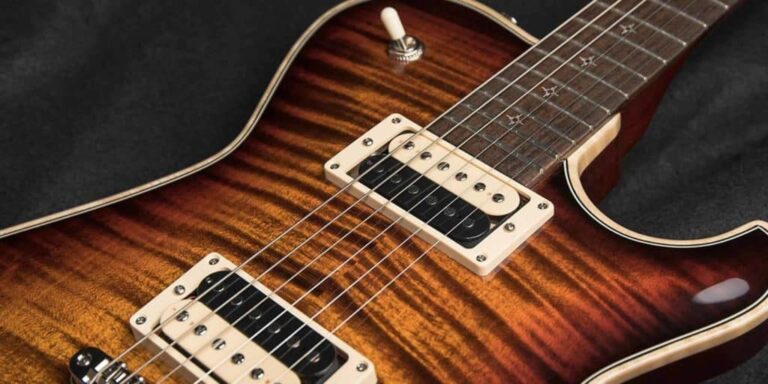Choosing the perfect guitar can be a daunting task, especially if you’re working within a specific price range. With so many options to choose from, it can be difficult to know where to start. One of the most significant factors to consider when choosing a guitar is whether to prioritize brand or budget.
Opting for budget-friendly solutions, like JustStrings.com Bulk Strings, can also help you get more value while maintaining the quality of your sound. In this article, we’ll explore some tips for finding the perfect instrument within your price range, and weigh the pros and cons of prioritizing brand versus budget.
Understanding Your Needs as a Guitar Player
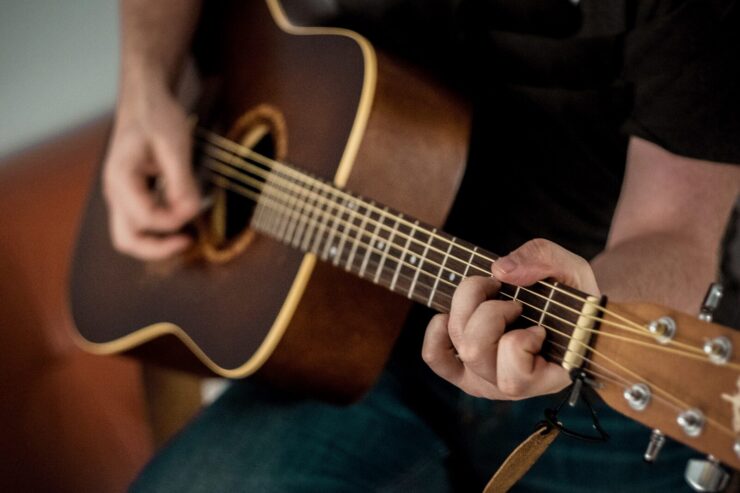
Before you start shopping for a guitar, it’s important to determine your needs as a player. What type of music do you want to play? What level of skill do you have? Are you looking for an instrument to use for live performances or recording? Your needs as a player will impact the type of guitar you choose and the features you prioritize.
Brand vs. Budget: Weighing the Pros and Cons
When it comes to choosing a guitar, there are two primary factors to consider: brand and budget. Some players prioritize brands from Best Guitar Shop, opting for models from well-known manufacturers such as Gibson or Fender. Others prioritize budget, choosing instruments based on their affordability rather than the brand name. Let’s take a closer look at the pros and cons of each approach.
Brand

Pros
- Established brands often have a reputation for quality and consistency
- Popular brands are more likely to retain their value over time
- Often comes with a warranty or guarantee
Cons
- Higher price point
- Some established brands may not offer many budget-friendly options
- The brand name may overshadow the actual quality of the instrument
Budget

Pros
- More affordable options are available
- Greater variety in terms of features and styles
- Can be a good option for beginners or those on a tight budget
Cons
- A lower price point may mean lower-quality materials or construction
- Lack of consistency between budget guitars from different manufacturers
- Resale value may not be as high as established brand-name instruments
Determining Your Price Range
Before you start shopping for a guitar, it’s important to determine your price range. Consider how much you’re willing to spend, and be realistic about your budget. Remember that there are a lot of factors that can impact the price of a guitar, including the brand, materials, construction, and features.
Evaluating the Quality of Guitars within Your Budget
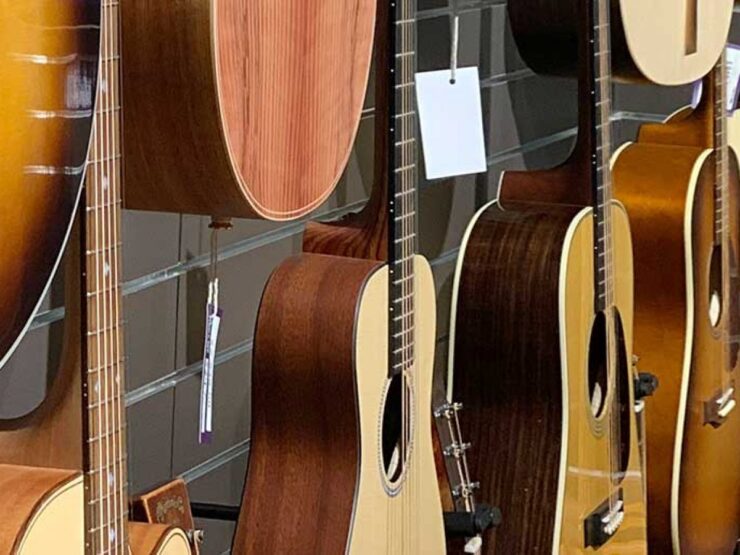
Once you’ve determined your price range, it’s time to start evaluating the quality of guitars within that range. Look for instruments that are made with high-quality materials, have solid construction, and offer the features you need. It’s also important to consider the overall sound and feel of the instrument, as this can have a significant impact on your playing experience.
Key Features to Look for
When evaluating guitars, there are several key features to look for. Here are some of the most important:
- Body style: The body style of the instrument can impact the sound and feel of the instrument.
- Neck shape: The shape of the neck can impact playability and comfort.
- Pickups: The type of pickups can impact the sound and tone of the instrument.
- Tuning stability: A guitar that stays in tune is essential for any player.
- Hardware: The quality of hardware, such as the bridge and tuners, can impact the overall performance of the instrument.
Neck Shape and Width: What Works Best for You?
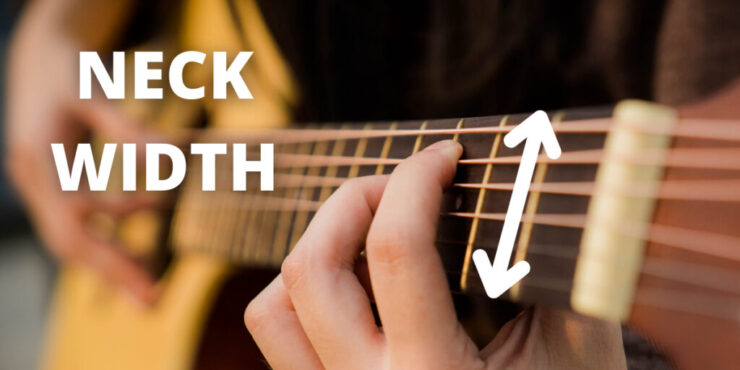
A “C” shape neck is the most common and versatile neck shape, perfect for both strumming and fingerpicking. A “V” shape neck offers more support and stability for those with larger hands or players who play more aggressively. A “U” shape neck is ideal for those with smaller hands or players who prefer playing chords.
The width of the neck determines the spacing between the strings, which affects how comfortable and easy it is to play. A wider neck offers more space for fingerpicking and complex chord changes, while a narrower neck offers more comfort for smaller hands and faster playing.
Determining your playing style and preferences can help you find the perfect instrument that meets your needs, regardless of your budget.
Top Brands at Different Price Points
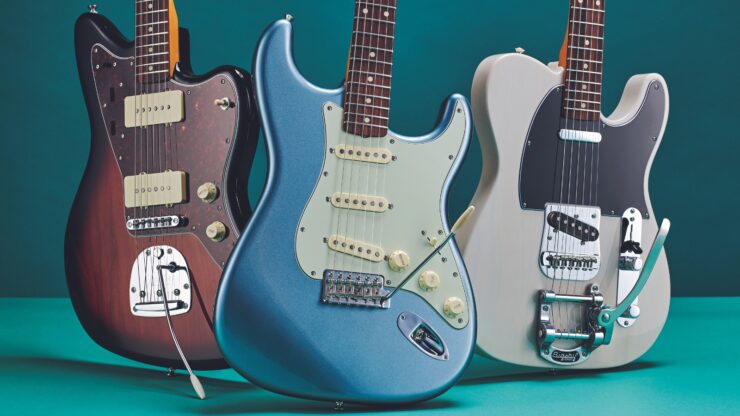
If you’re prioritizing brand when choosing a guitar, there are several top brands to consider at different price points. Here are some options to consider:
Budget
- Yamaha
- Epiphone
- Squier by Fender
Mid-Range
- PRS SE
- Gretsch
- Godin
High-End
- Gibson
- Fender
- Taylor
Alternative Options to Consider
If you’re looking for alternative options to traditional guitar brands, there are several other options to consider. Here are a few:
- Boutique guitar makers: These smaller, independent companies often offer unique, high-quality instruments with distinctive designs and features.
- Used guitars: Buying a used instrument can be a great way to get a high-quality instrument at a more affordable price point.
- DIY kits: If you’re handy with tools and have some woodworking skills, a DIY guitar kit can be a fun and affordable way to build your guitar.
Shopping Tips for Finding a Great Deal

If you’re looking for the best deal on a guitar, there are several shopping tips to keep in mind. Here are a few:
- Shop around: Don’t just buy the first model you see. Take some time to shop around and compare prices and features.
- Look for sales and promotions: Keep an eye out for sales and promotions at music stores or online retailers.
- Negotiate: If you’re buying a guitar in person, don’t be afraid to negotiate the price.
Trying Out Guitars and Making Your Final Decision
Once you’ve narrowed down your options and have a few models in mind, it’s important to try them out before making your final decision. Visit a music store and play each one to see how it feels and sounds. Consider factors like comfort, playability, and tone. Don’t be afraid to ask the salesperson for advice or guidance. Ultimately, the guitar that feels and sounds best to you is the one you should choose.
Conclusion: Finding Your Perfect Guitar within Your Budget
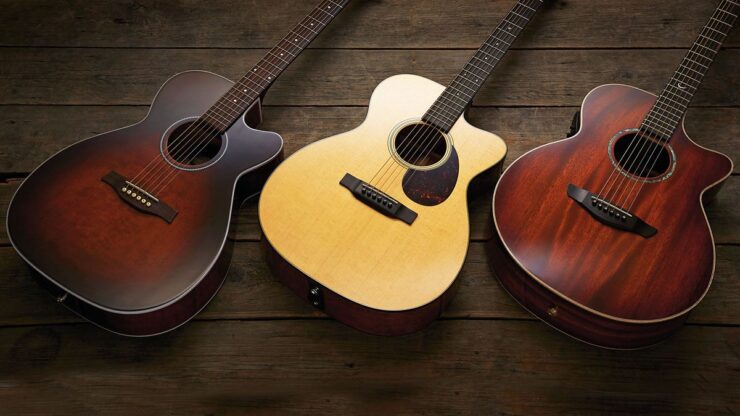
Choosing the perfect guitar can be a challenge, but with the right approach, it’s possible to find a great instrument within your budget. Consider your needs as a player, weigh the pros and cons of brand versus budget, and look for high-quality guitars with the features you need. With a little research and some careful consideration, you’ll be on your way to finding the perfect guitar for your price range.

